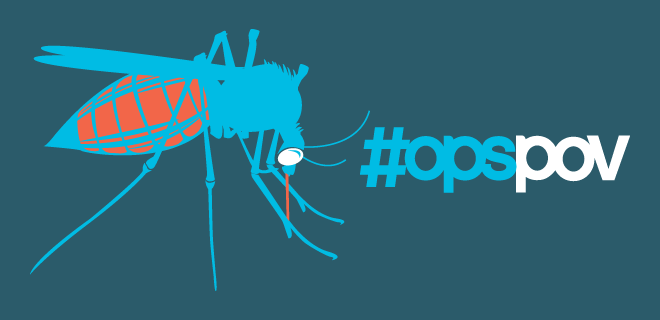
I found it bizarre that the same day that the IAB released digital advertising revenue numbers for 2016 that point to Google and Facebook—the Duopoly!—vacuuming up about half of ad spend and almost all of growth, ESPN conducted layoffs of 100 mainly editorial employees.
As several sites noted, most of those affected were longtime, trusted beat reporters. I couldn’t help flashing back to newspapers slashing similar types of writers as print revenues dried up.
ESPN is in a very different situation, and it’s really being hurt by cord cutters like me. A lot of the network’s revenue is made up of carriage fees paid by MVPDs for the privilege—in 2016 the ESPN network alone charged $7.21 per each MVPD subscriber, according to SNL Kagan, a number that doubled from $3.26 in 2007. ESPN has dropped from 99 million subscribers in 2013 to 89 million in 2016. You don’t have to do the math to get the sense of lost revenue.
Carriage fees were great for networks, but MVPDs bundle also subsidized a lot of crap content. Now cord cutters like me have limited time to devote to watching television; we simply want to watch what we want when we want, free of the programmer’s grasp. (Oh, we’re willing to pay subscription fees for content—control is the key here.) It may be inconvenient for networks, but the tables have turned in the viewer’s favor.
A similar newfound user freedom had devastating effects on the print industry as people gave up their newspaper and magazine subscriptions for “free” web content. Of course it wasn’t/isn’t free—their attention was being monetized through advertising. For a variety of factors that would take me all night to sort through, this did not replace print revenue; instead it’s been a dark and twisted journey where remarkable developments like real-time bidding and precise audience targeting were often undermined by depressing trends in content scraping, aggregation, clickbait, arbitrage, and bot traffic to name just a few.
The trip isn’t done by any means, but at the latest pit stop, two major companies are grabbing about half of all the advertising revenue out there. Yet Google and Facebook do not create content; Google and Facebook have massive swaths of highly desired audience data that they carefully tend to in walled gardens.
In effect, Google and Facebook are bottlenecks in getting advertiser dollars in the hands of content-creating publishers.
As AdMonsters has long predicted, quality content is again in high demand—The Washington Post and The New York Times are seeing giant jumps in traffic thanks to a certain president (Freudian typing—initially misspelled “certain” as “cretin”). Public worry over fake news and being overall misinformed has turned Americans back to longstanding journalistic icons as well as upstarts like Vox Media, Mic, and even Vice Media that are filing smart reporting and analysis. All of this quality content can be accredited to reporters similar to the one’s ESPN just un-ceremoniously canned.
In addition, trends such as header integrations are clearing the ad tech space of useless intermediaries and abritagers, building a straight path from advertiser to publisher.
So to ensure their share of the pie, Google and Facebook asking—bullying?— publishers to re-publish content on their platforms. Then the two take a revenue share of the advertising by forcing the content creators to use their advertising technology. (Google’s AMP is slightly different, but limited in its ad-tech support.)
It’s kind of similar to the MVPD-network relationship: the MVPD has access to the audience, but the network is creates the programming they enjoy. So with platform publishing—and where content startup Cheddar has an interesting proposition—shouldn’t there be a carrier-fee-like system where Google and Facebook would actually pay publishers to “broadcast” their content?
The big difference is that MVPDs needed the networks to assist in building up these audiences. Facebook and Google already have the audiences (particularly on mobile), and the publishers are more desperate to get their goods in front of them.
Arguably the power balance is in the duopoly’s favor, so a carriage-fee system seems a pipe dream for the moment. It doesn’t help the argument that the model seems to be failing in the MVPD world at the moment.
However, I am a forward thinker, and although the revenue percentages look bleak at the moment, I can see a path for publishers and content creators to regain the upper hand on the duopoly. Not simply by doing what they do best—creating quality content—but also wisely employing revenue technology to streamline the passage of ad dollars. (Sounds easy, right?) The duopoly and other platforms see this and are trying to fend it off or at least kick it down the road via platform publishing.
If you’re a major premium publisher with solid traffic, it’s hard to argue against starving the beasts. The war for the soul of digital media, is a multi-front affair, and this is territory pubs shouldn’t concede.
You can learn more about resisting the duopoly at Ops on June 6 on a very special panel featuring Mediavest’s Oleg Korenfeld, Nucleus Marketing Group’s Brie Manakul, and DCN’s Jason Kint discuss side-stepping walled gardens.